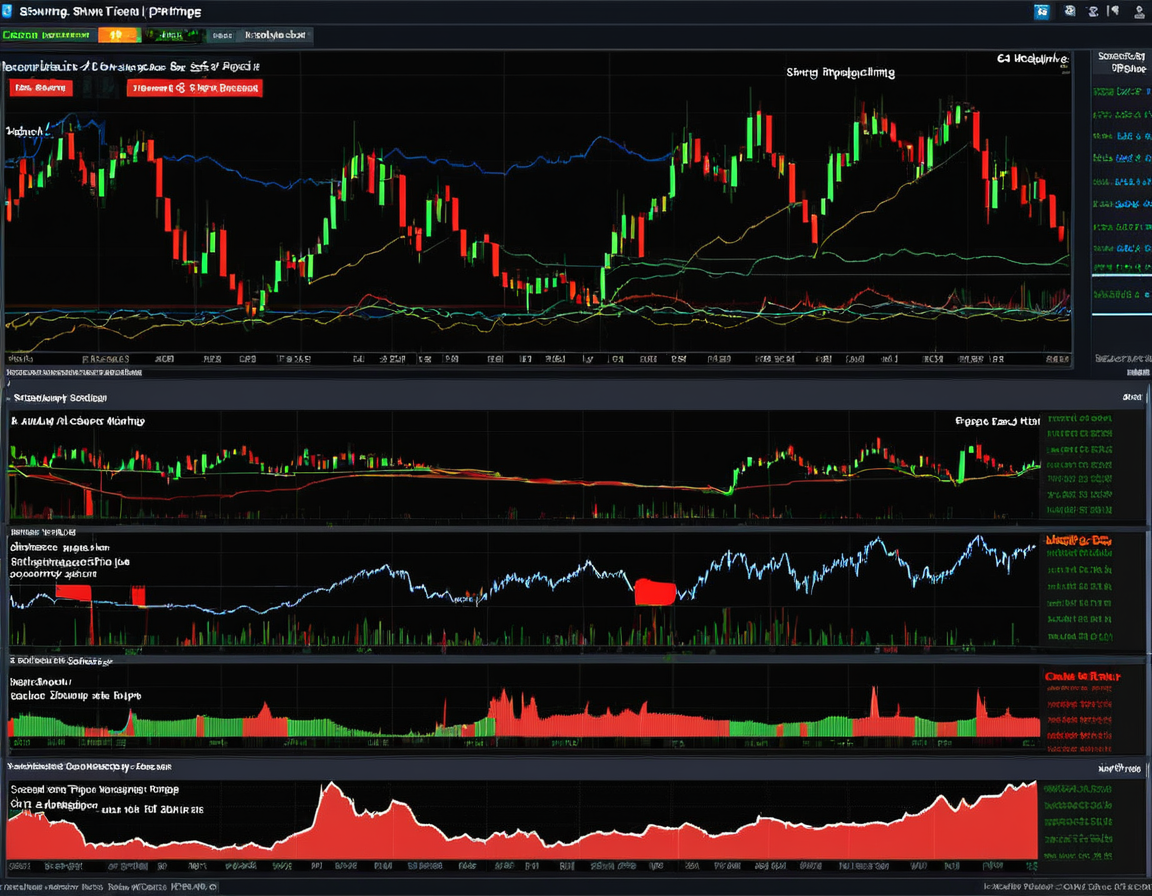Forex Trading Risk Management: How Indian Investors Can Avoid Pitfalls
Forex trading offers substantial profit potential, but with high rewards come significant risks. For Indian investors, navigating the volatile forex market without a proper risk management strategy can lead to substantial losses. Whether you’re new to trading or an experienced investor, understanding and applying effective risk management strategies is key to long-term success in forex trading. In this blog, we’ll explore essential risk management techniques that Indian traders can use to minimize losses and stay compliant with Indian regulations in 2024.
H2: Why Risk Management is Critical in Forex Trading
The forex market operates 24/7 and is highly volatile, with currency prices influenced by geopolitical events, economic data, and central bank policies. Indian traders can leverage this volatility for profit, but without a solid risk management strategy, the same volatility can result in significant losses. Risk management helps traders protect their capital, reduce exposure, and navigate market fluctuations more effectively.
H2: Key Risk Management Strategies for Indian Forex Traders
H3: 1. Leverage Control
One of the main advantages of forex trading is the use of leverage, which allows traders to control larger positions with a smaller amount of capital. However, high leverage can amplify losses as much as it boosts profits. In India, SEBI restricts leverage to a maximum of 1:20 for retail forex traders, providing a safeguard against excessive risk.
Tip for Indian Traders:
Use leverage conservatively. If you’re new to forex trading, start with lower leverage ratios like 1:5 or 1:10. This reduces your exposure to sudden market swings and limits the risk of large losses.
For a deeper dive into how leverage works, check out Forbes’ guide to leverage in forex trading.
H3: 2. Use Stop-Loss Orders
A stop-loss order automatically closes your trade once the market moves against you by a specified amount. This tool is vital for protecting your capital from significant losses, especially in a volatile market like forex. Indian traders should always set stop-loss orders for each trade to manage risk and avoid emotional decision-making.
Example:
If you’re trading USD/INR and set a stop-loss at 1% below your entry price, your trade will automatically close if the currency pair drops by 1%, protecting you from further losses.
H3: 3. Diversify Your Trades
Just like in stock investing, diversification in forex trading helps reduce risk. Indian traders should avoid putting all their capital into one currency pair. Instead, diversify your trades across multiple currency pairs, such as USD/INR, EUR/INR, and GBP/INR, to spread the risk.
For more diversification strategies, read Forbes’ investment diversification tips.
H2: Common Forex Trading Pitfalls Indian Traders Should Avoid
H3: 1. Overtrading
Overtrading occurs when traders place too many trades in an attempt to capitalize on every small market movement. This can lead to exhaustion, mistakes, and excessive transaction fees, which erode profits. Indian traders should focus on quality over quantity, ensuring that each trade aligns with their overall trading strategy.
H3: 2. Neglecting Market News
The forex market is highly sensitive to global economic events, such as interest rate decisions, inflation reports, and geopolitical tensions. Ignoring these events can lead to unexpected losses. Indian traders should stay informed about both domestic and international economic developments that impact the Indian Rupee.
Tip:
Use financial news platforms like Forbes Finance to stay updated on major economic events that could impact the forex market. Follow global trends, such as the Federal Reserve’s interest rate decisions or RBI’s monetary policies, which can influence pairs like USD/INR.
Stay updated with the latest economic news by visiting Forbes Finance.
H3: 3. Over-Leveraging
While leverage allows traders to control larger positions, over-leveraging increases risk exponentially. Indian traders should be mindful of SEBI’s leverage limits and avoid the temptation to maximize leverage, especially during periods of high market volatility.
For tips on controlling leverage, check out Zerodha’s risk management section.
H2: How to Manage Emotional Trading in Forex
Forex trading is often emotional, especially during periods of high volatility. Traders may experience fear, greed, or anxiety, leading to irrational decisions that increase risk. Indian traders should establish rules and stick to their trading plan, regardless of emotional impulses.
H3: 1. Set Realistic Expectations
Expecting to make large profits quickly can lead to overtrading or taking unnecessary risks. Indian traders should set realistic, achievable goals and understand that forex trading is a long-term endeavor. Profitable trades are built on consistent strategies and risk management, not on gambling or emotional decision-making.
H3: 2. Take Breaks
When trades go wrong, it’s easy to fall into the trap of revenge trading—trying to make up for losses by placing riskier trades. Indian traders should take regular breaks to clear their minds and re-evaluate their strategies.
H2: Best Forex Platforms with Risk Management Tools for Indian Traders
H3: 1. Zerodha Kite
Zerodha Kite is one of the top platforms for forex trading in India, offering excellent risk management tools like stop-loss orders, margin calculators, and detailed charts. The platform is SEBI-registered and provides access to INR-based currency pairs, making it a reliable choice for Indian traders.
Key Features:
- Stop-loss orders and trailing stop-loss tools.
- Risk calculators for margin and leverage management.
- Educational resources on forex trading risk.
- Low-cost trading with ₹20 per executed order.
Learn more at the Zerodha website.
H3: 2. Upstox Pro
Upstox Pro is another popular choice among Indian traders, providing advanced charting tools and order types designed to manage risk effectively. With features like stop-loss and limit orders, Upstox makes it easier for traders to control their exposure to market fluctuations.
Key Features:
- Fast execution with real-time data.
- Stop-loss and take-profit order settings.
- Low brokerage fees and easy-to-use mobile app.
For more details, visit Upstox’s official site.
H3: 3. Angel One
Angel One offers a comprehensive suite of risk management tools, including portfolio tracking and real-time alerts for market changes. The platform is SEBI-registered and provides access to INR-based currency pairs, making it suitable for both beginner and experienced traders.
Key Features:
- Stop-loss and margin management tools.
- Access to daily market reports and technical analysis.
- Zero account opening fees and competitive brokerage charges.
Explore Angel One’s offerings at Angel One’s official site.
H2: Conclusion
Effective risk management is the cornerstone of successful forex trading, especially in the highly volatile Indian forex market. By using tools like stop-loss orders, controlling leverage, and avoiding emotional decision-making, Indian traders can minimize losses and maximize profits. Whether you’re using Zerodha Kite, Upstox Pro, or Angel One, applying a well-structured risk management strategy will help you navigate the forex market with greater confidence in 2024.







